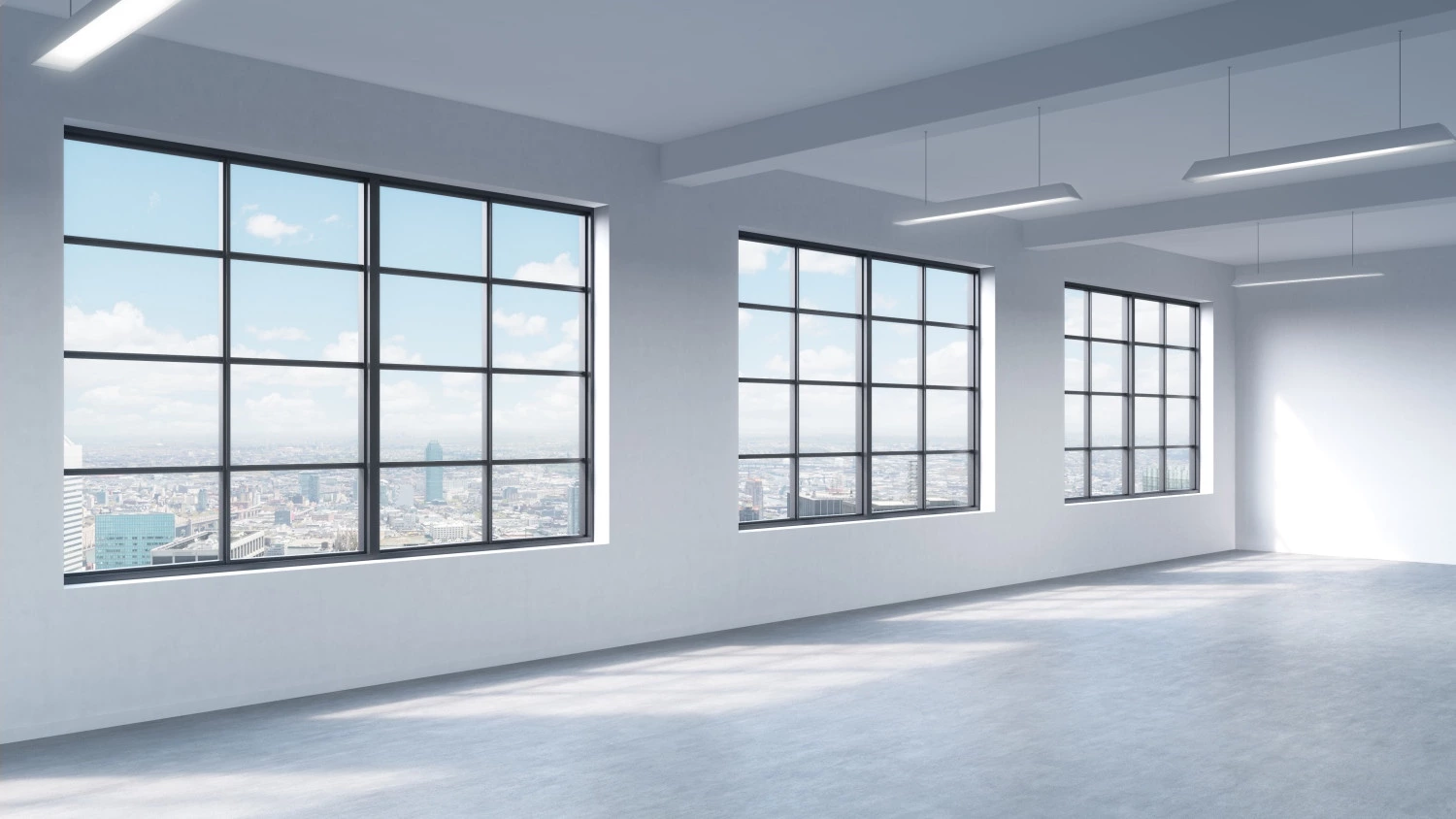
The Polish office space market situation at the end of Q3 2021 allows for an optimistic view of the sector in 2022. Demand remaining at a similar level to last year and the expected higher absorption of available space are conducive to improving the sector’s performance in the coming months, says AXI IMMO.
The total stock of modern office space in Poland at the end of September 2021 is over 12.1m sqm. Warsaw remains the undisputed leader (6,159,900 sqm), with Kraków (1,604,500 sqm), Wrocław (1,242,600 sqm) and Tricity (923,500 sqm) traditionally leading the eight largest regional markets. In Q3 2021, developers delivered six new buildings with a total area of 86,900 sqm to the Polish office market. In the capital city, occupancy permits were given to Fabryka Norblina (Galwan and Plater buildings – 39 000 sqm) and Widok Towers (28 600 sqm). In the regions, the greatest developer activity was recorded in Katowice (Kolońska Park, 7,900 sqm, Dzida-Jazgar and Młyńska.6, 2,600 sqm, UBM Development), followed by the second phase of Ocean Office Park A (5,200 sqm, Cavatina) in Kraków. Since the beginning of the year, 439,600 sqm has been delivered to the Polish office market, split between 293,600 sqm (+26% y/y) in 12 projects in Warsaw and 146,000 sqm (-47% y/y) in 15 buildings in regional cities.
Where to find offices?
New supply has slightly increased the space available for immediate lease. At the end of September 2021, the Polish office market had over 1.57m sqm. (+27% y/y) of vacancy, which accounted for approx. 12.3% of the total stock. The highest vacancy rates were recorded in Łódź (16.8%), Kraków (15.2%), and Wrocław (14.9%), while the lowest in Szczecin (5.8%), Katowice (10.1%) and Tricity (10.7%). The largest amount of vacant space is in Warsaw (767,800 sqm, approx. 12.5% of its total stock), Kraków (243,200 sqm) and Wrocław (184,760 sqm), while the smallest amount is in Szczecin (10,614 sqm) and Lublin (28,670 sqm). The average vacancy rate for the regional markets is 13.5%, which translates into 805,700 sqm of office space ready to let immediately.
"In the next few months, we expect vacancy levels to decline across Poland. Firstly, many developers are postponing their decisions on the construction of new buildings until 2023-2024, and secondly, the situation will be regulated by the expected increased occupier’s activity. Most companies already have their own strategies as to when they want to return to the office and on what terms. Hybrid work, the expansion of digital access or the digitalisation of business processes, or still attractively arranged space will be the key to attracting the best talent", says Jakub Potocki, Senior Negotiator, Office Agency, AXI IMMO.
Optimism in take-up
From January to the end of September 2021, take-up activity in the Polish office market totalled 777,600 sq m (Warsaw 398,100 sq m, regions 379,500 sq m). Demand in Q3 stand at 262,400 sq m (+6% y/y), of which 149,300 sq m (+31% y/y) was in Warsaw and 113,100 sq m (-10.4% y/y) in the eight major regional markets. During the analysed period, tenants in the capital were most likely to sign new agreements (53.5%) or take advantage of renegotiations and extensions of existing space (42%). Only 4.5% of companies decided to expand. In regional cities, on the other hand, new agreements accounted for the highest share in the demand structure (66%), ahead of renegotiations (26%) and expansions (8%). Traditionally, Kraków (30,700 sq m), Wrocław (28,500 sq m) and Tricity (20,900 sq m) were responsible for the most activity in regional cities. From the beginning of July to the end of September 2021, the largest transactions were renegotiations signed by three confidential tenants from the banking sector in Atrium Garden (Warsaw) 13,900 sq m, in Wiśniowy Business Park E (Warsaw) 5,700 sq m and Olivia Star in Gdańsk 5,400 sq m. In turn, CMS decided to pre-let 7,000 sq m in the Varso Tower building in Warsaw.
"We are slowly moving out from the period in which optimisation was the buzzword. Companies are now much more careful in planning their spaces. They need to suit current needs and to leave some margin for increased employment. We expect that companies in their new arrangements will try to provide more homely conditions for employees. More greenery in open spaces, larger zones for relaxation and, above all, rooms for quiet work should constitute a more significant percentage of usable office space than before", adds Bartosz Oleksak, Senior Negotiator, Office Agency, AXI IMMO.



